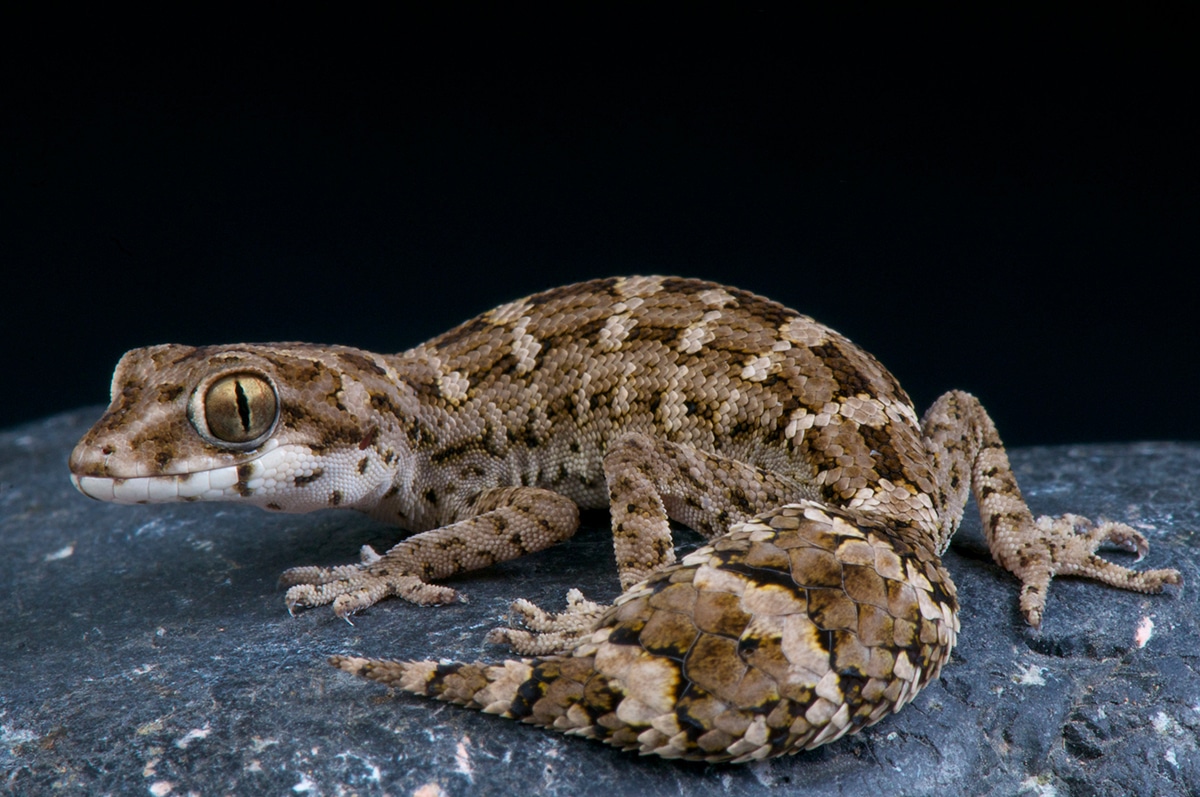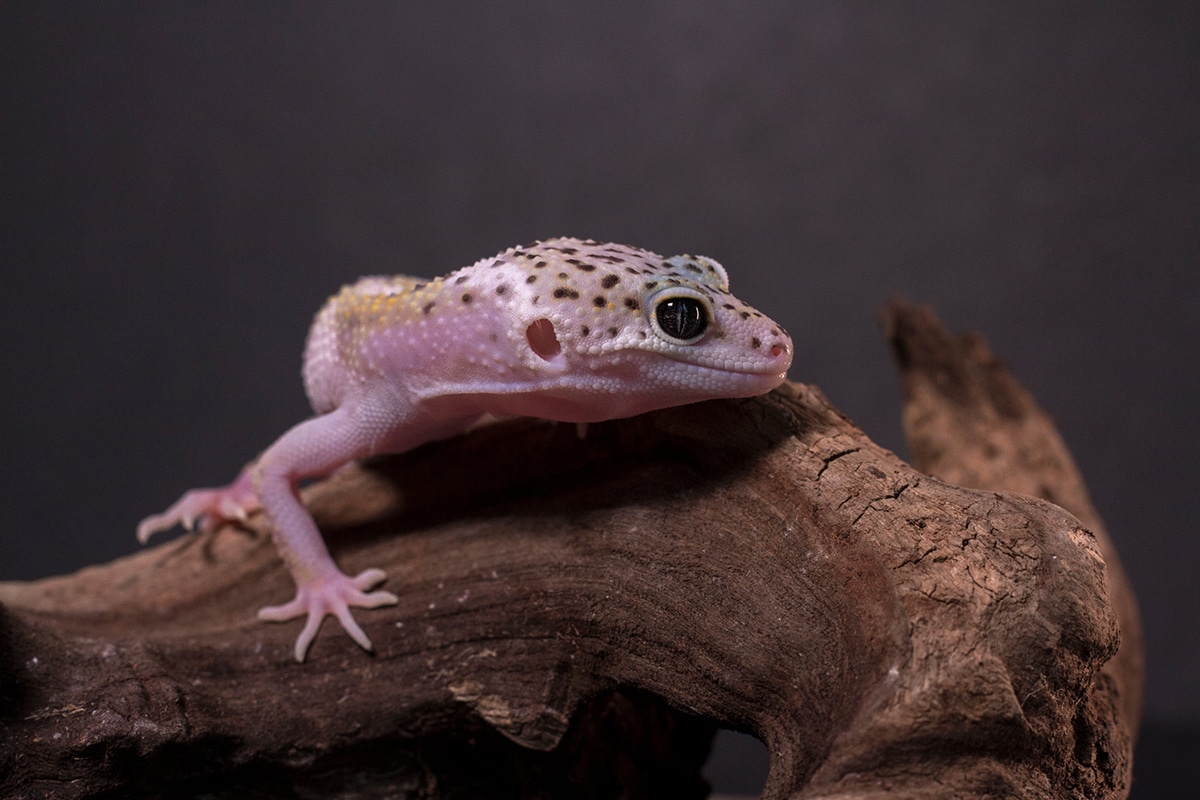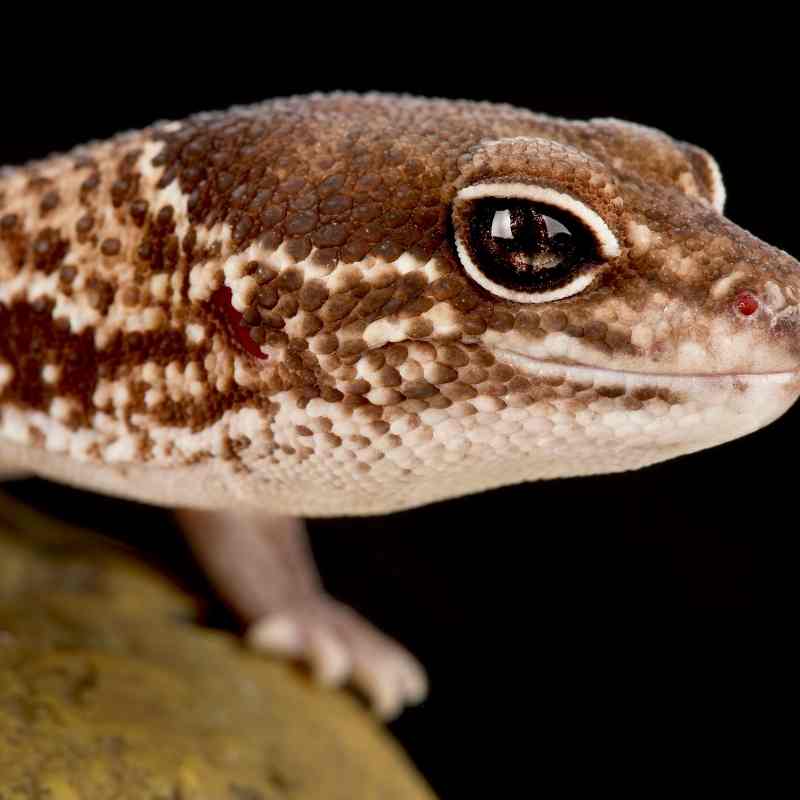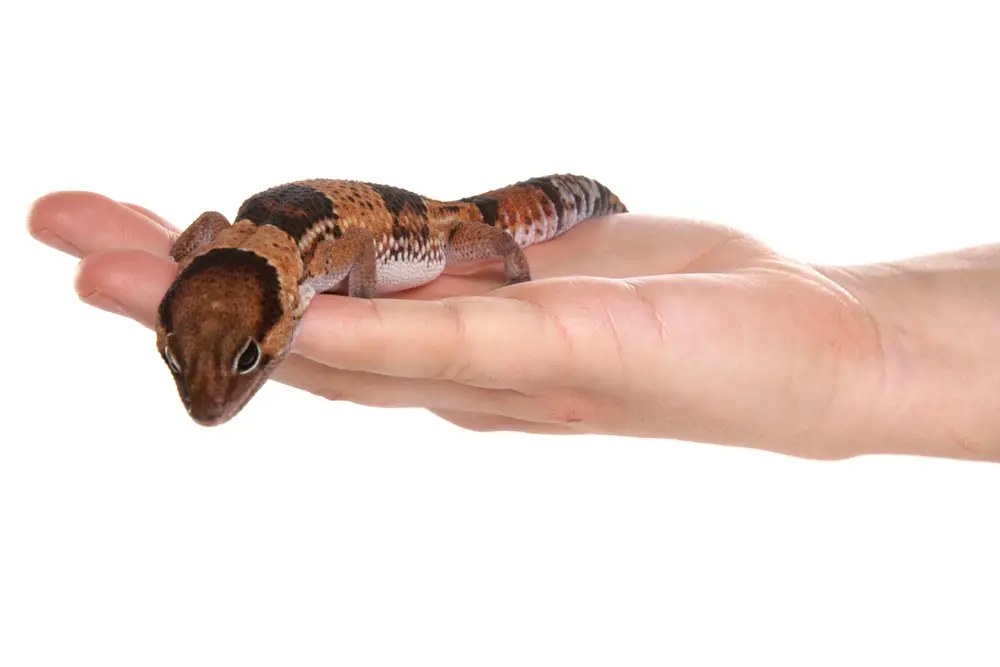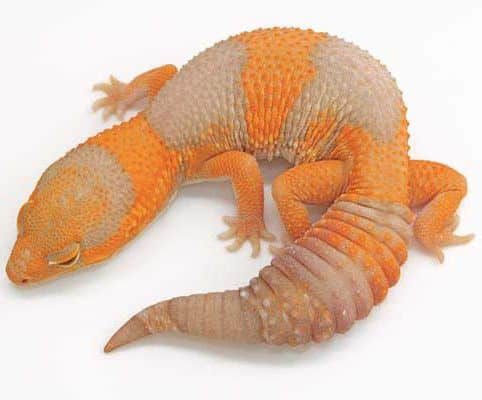All about African Fat Tail Gecko Eggs

It’s an incredibly exciting time when your geckos breed and lay eggs, but it’s also unbelievably terrifying! Just like with human children, you worry about the survival of gecko babies. So what can you do?
The African Fat-Tailed Gecko produces between 1-3 eggs per cycle anywhere between 3-13 times per mating season, with 5 times as the average. The females require calcium and phosphorus supplements in their diet to produce healthy eggs with strong shells. When laid, the eggs need soft, moist bedding with a consistent temperature of 80-90 degrees F (26.7-34.4 degrees C) and humidity of 60% for healthy hatching.
Below is a short guide with answers to some of the most common questions concerning AFTG eggs, to help you understand what you can expect.
Contents
How Often Do African Fat-Tailed Geckos Lay Eggs?
The African Fat-Tailed Gecko has a mating season that lasts from October to the next June. After the mating period in November or December, you can expect the first egg or clutch of eggs to arrive between 15-45 days afterward.
After one breeding, one female AFTG can lay five clutches of eggs in the course of the annual breeding season, and it’s even possible for them to lay thirteen clutches! This will depend on a few factors, such as how healthy your geckos are and whether they were given the calcium supplements they needed for healthy eggs. You can expect the next clutch to appear between 15-22 days after the previous clutch.
How Many Eggs African Fat-Tailed Geckos Lay?
The number of eggs will depend a bit on the size of your female geckos. A large female gecko will lay two eggs, or a clutch, while a smaller female will only be able to lay one egg. Sometimes you can even find three eggs.
The number will also vary based on the experience of your female geckos. For the females who are going through their first egg-laying cycle, you can expect them to take the full 45-day expectancy to lay the first egg or clutch. At some point, the older your geckos get, the fewer eggs they will produce too.
How Long Do Fat-Tailed Eggs Take to Hatch?
Once an egg is laid, it will typically take 40-70 days or 6 – 8 weeks for it to hatch. If you are incubating your eggs, the time it takes for them to hatch will depend on the temperature you set your incubator to.
It’s recommended that eggs are incubated at 80-90 degrees Fahrenheit (F) or 26.7-34.4 degrees Celcius (C). If you incubate them on the lower end of the spectrum it will take them longer to hatch, while the eggs incubated at the higher end will hatch sooner. Just be aware that the temperature also affects whether you will have male geckos or female geckos.
What Color Should Fat-Tailed Gecko Eggs Be?
Every species of gecko has a unique egg design. Leopard geckos have eggs that are white with black “sprinkles,” all over them, while the Crested gecko has eggs with a yellow tint and little black specks.
For the African Fat-Tailed Gecko, typically the eggs are entirely white and either oval or spherical shaped.
Can African Fat-Tailed Geckos Lay Eggs Without a Male?
These particular geckos are very antisocial, to the point where they will only willingly interact with another gecko for the sole purpose of mating.
In spite of this, the female AFTG can actually lay eggs without being with a male, according to Creature Care Cards.
There are a few other reasons why a female gecko will produce infertile eggs. A few include:
- The male was infertile
- It was the female’s first time mating
- The male and/or female geckos were unhealthy
- The female wasn’t sexually mature. For AFTGs, sexual maturity can be as soon as seven months old.
How to Take Care of Gecko Eggs

African Fat-Tailed Geckos sometimes need help with their eggs. Since they are such antisocial creatures, at least concerned with their own kind, they aren’t very attached to their eggs. The AFTG is also a bit weaker than geckos like the Leopard gecko. When AFTG geckos lay eggs, they will devote most of their energy to self-preservation rather than making sure the eggs are laid successfully.
That’s where you come in. You can start giving the eggs their best chance, and the mother the most comfort, by preparing an egg bed box. The box should be seven inches wide, seven inches long, and four inches tall. Make sure it has a top with ventilation holes so that your gecko feels safe.
The advised material for the bedding in the box is peat moss or coarse vermiculite dampened with water, specifically 6 parts vermiculite with 4 parts water so that it’s barely dampened. This should also be used for your incubator, and when you put the eggs in it, make sure you place them in the same position they were laid and half buried so that they get lots of air.
Throughout the breeding season, the enclosure’s temperature should be between 80-90 degrees F. It’s okay to drop the temperature down to 68 degrees F, but you can’t let the eggs’ temperature fall below 80, hence the incubators. The temperature of your incubator should also be between 80-90 degrees F.
Finally, put a small container of water close to the eggs with both a box and an incubator. This will help keep the humidity up and prevent your eggs from drying out. Check the water periodically to see if you need to refill it. Whether you’re using egg boxes or an incubator or both, it’s critical that the humidity and temperature levels stay consistent to give your eggs the best chances of hatching.
What do You do if The Eggs Are Dented?
If you notice your clutches of eggs are getting dents, this is a sign that your incubator or egg box doesn’t have the moisture the eggs need, which is 50-60% humidity. When you see dents, spray down the eggs with water five or six times per day. Do this every time you find dents.
Are Gecko Eggs Hard or Soft?
When eggs are freshly laid they will be soft and slightly sticky. Soon after they are laid they swell a bit and become nice and hard, especially if the female gecko was given the calcium they need in their diets to produce very healthy shells.
Do Two Eggs Hatch at The Same Time?
As your gecko lays each batch of eggs, it’s a good idea to keep track of which eggs were first so that you know which will probably hatch first. I say “probably,” because it’s entirely possible you have duds. It is likely that if two eggs were laid at the same time they will hatch at the same time. Just be sure to check your eggs periodically to see if any are cracking.
Why do Geckos Eat Their Eggs Sometimes?
As I said, geckos aren’t exactly the most doting parents, particularly in the wild. If food is scarce in their natural habitat a female gecko might lay her eggs and then return to eat them.
In domesticated conditions, geckos will become cannibalistic if they are crowded. As long as your geckos have enough food and don’t have too many tank mates, the babies should be safe and sound.
Conclusion
I hope this guide has helped answer any concerns you may have had when it comes to taking care of your female fat-tailed geckos and your new gecko babies. It’s not as scary as you thought it was, was it? It just takes consistent care and close observation. With that, I wish you good luck with your breeding endeavors!
